Dr. Iliash Ali and Dr. Moli Ali - Rampurhat, West Bengal, India.
30 years of service to rural communities in medical practice, health program design and organization to serve the rural poor.
And
Rampurhat Railpar Rural and Urban Health Training Society - Established in 1996
Dr. Iliash Ali and Dr. Moli Ali – Rampurhat, Birbhum District, West Bengal, India.
In 2016 Dr. Ali and Dr. Moli celebrated the anniversary of 30 years of service to rural communities in medical practice, health program design and organization to serve the rural poor. 2016 also marked 20 years since they founded the Rampurhat Railpar Rural and Urban Health Training Society (a registered nonprofit NGO), to provide training for community health workers, village
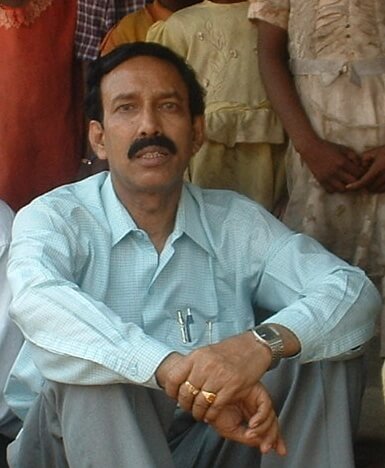
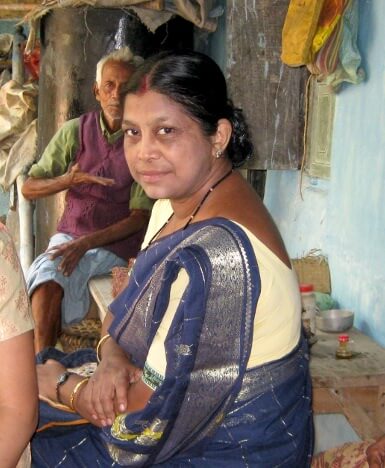
midwives, nursing assistants serving in pediatric intensive care, and community medical service personnel utilizing a self-sufficient, self-sustaining financial model. Here is a bit of their story.
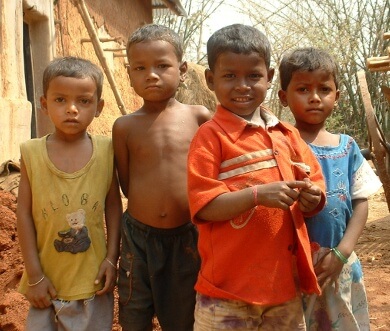
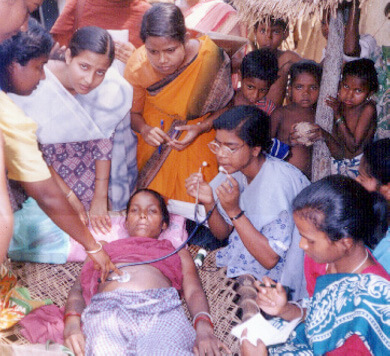
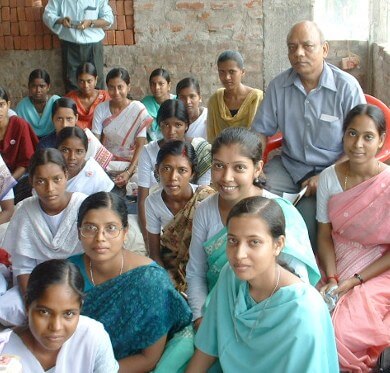
Drs. Iliash and Moli Ali met and married while students in medical school, and vowed to spend their lives together serving the rural poor. After graduation, they returned to Iliash’s home in Rampurhat, Birbhum district, to eventually form the Rampurhat Railpar Rural and Urban Health Training Society (a registered nonprofit NGO). Working under the direction of their long-time Kolkata mentor, Dr. Biral Mullick, they have trained over 5000 community health workers, village midwives, nursing assistants serving in pediatric intensive care, and community medical service personnel. They have accomplished this using a self-sufficient, self-sustaining financial model which has also allowed them to expand their work into other health services in the area.
PROVIDING HEALTH SERVICES AND EDUCATION
The Drs. Ali develop local program efforts to directly provide health awareness, detection, and treatment services, as well as indirectly by counseling people with symptoms on where to get diagnoses and treatment. They serve the rural poor and, with their thousands of former students, are essential links to life-saving interventions in areas such as: Maternal and Child Health Nutrition Family Planning HIV/AIDS Polio Tuberculosis Malaria
The Drs. Ali develop local program efforts to directly provide
health awareness, detection, and treatment services, as well as indirectly by counseling people with symptoms on where to get diagnoses and treatment.
They serve the rural poor and, with their thousands of former students, are essential links to life-saving interventions in areas such as:
- Maternal and Child Health
- Nutrition
- Family Planning
- HIV/AIDS
- Polio
- Tuberculosis
- Malaria
DELIVERING THE WOMAN AND MAN POWER FOR HEALTH PROGRAMS AND PARTNERSHIPS
They build partnerships with national and state governments and health-related NGOs for organizing local volunteers for national public health programs.
Partners:
Red Cross
UNICEF
CARE
Marie Stopes
USAID
Lions Club
State and national government
- Maternal and Child Health, Nutrition and Immunization
- Polio eradication
- Tuberculosis Diagnosis and Treatment
- Community Training for Family Planning and STD Prevention and Treatment
- Contraception Distribution for Family Planning
- Clean water and sanitation
- Social marketing for contraception and HIV/AIDS prevention
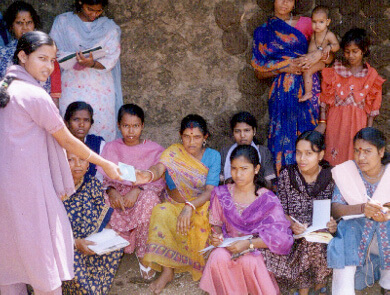
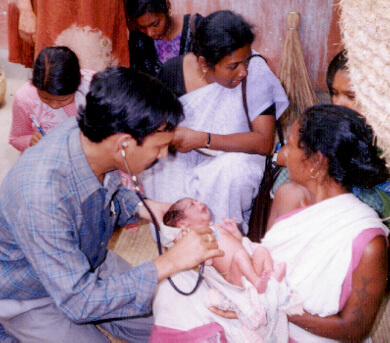
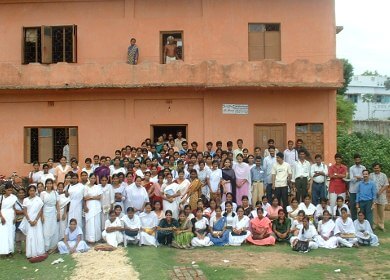
WHERE WE WORK
>3.5 million people live in our district.
Its population growth rate was 16.15% from 2001-11.
87.17 % of the population lives in rural villages.
Over 50% of citizens belong to families where the per capita income is less than $.50 a day.
80% of the population are in traditionally underdeveloped groups.
48.2% of currently married rural women are illiterate.
Only 11.0% of married rural women have at least 10 years of education.
The population of children 0-6 years of age is 448,485 (about 13% of the total).
Only 6.4% use clean fuel for cooking.
The total unmet need for family planning services is 14.9%.

Birbhum district has a population of 3,502,404, making it higher in population than the nations of Jamaica, Mongolia or Armenia, and about the same as Lithuania or the state of Connecticut.
According to the 2011 census, the population density is 771 inhabitants per square kilometer, with 65% of the population Hindu and 35% Muslim. Thirty percent of the population belongs to the “scheduled castes” (lowest castes) and 7% to the “scheduled tribes.” Other than those speaking the local dialect of Bengali, there are the indigenous Santhals – an ancient, Sanskrit-speaking minority tribe – and 10 other tribal communities. In 2006 the Government of India named Birbhum one of the country’s 250 most backward districts in terms of human resource development (out of a total of 640).
In the rural areas that our Society serves, high population density means dependence of a larger number of people on relatively scarce land. High population density also limits the possibility for sustenance of the residents based on local agriculture. In the absence of adequate capacity for non-farm activities, people face livelihood-related problems, which severely constrain the prospect of human development.
Drs. Iliash and Moli hope to continue to use their 30 years of experience in medical practice and health program design and organization to serve the rural poor, utilizing a self-sufficient, self-sustaining financial
model.
